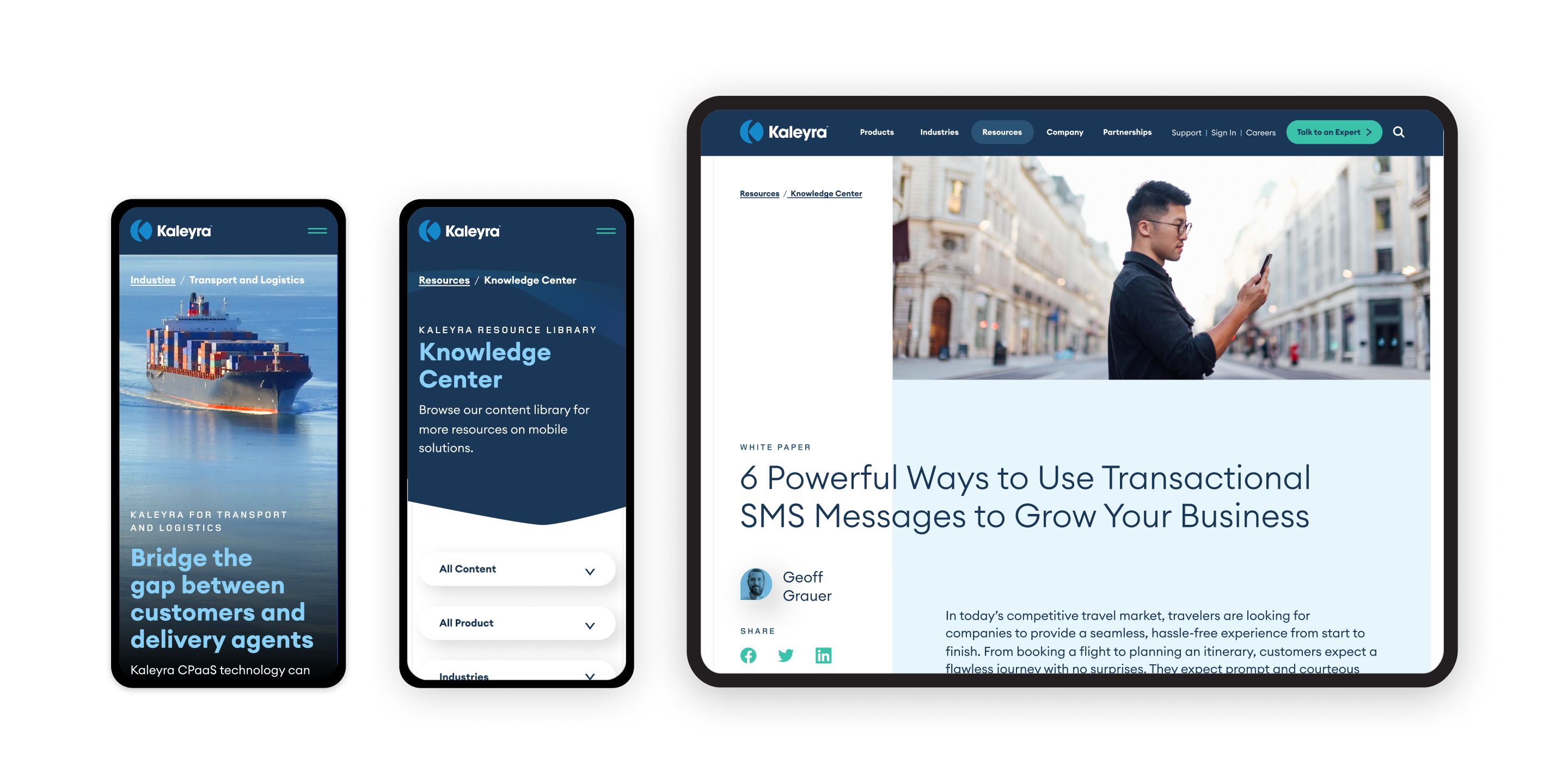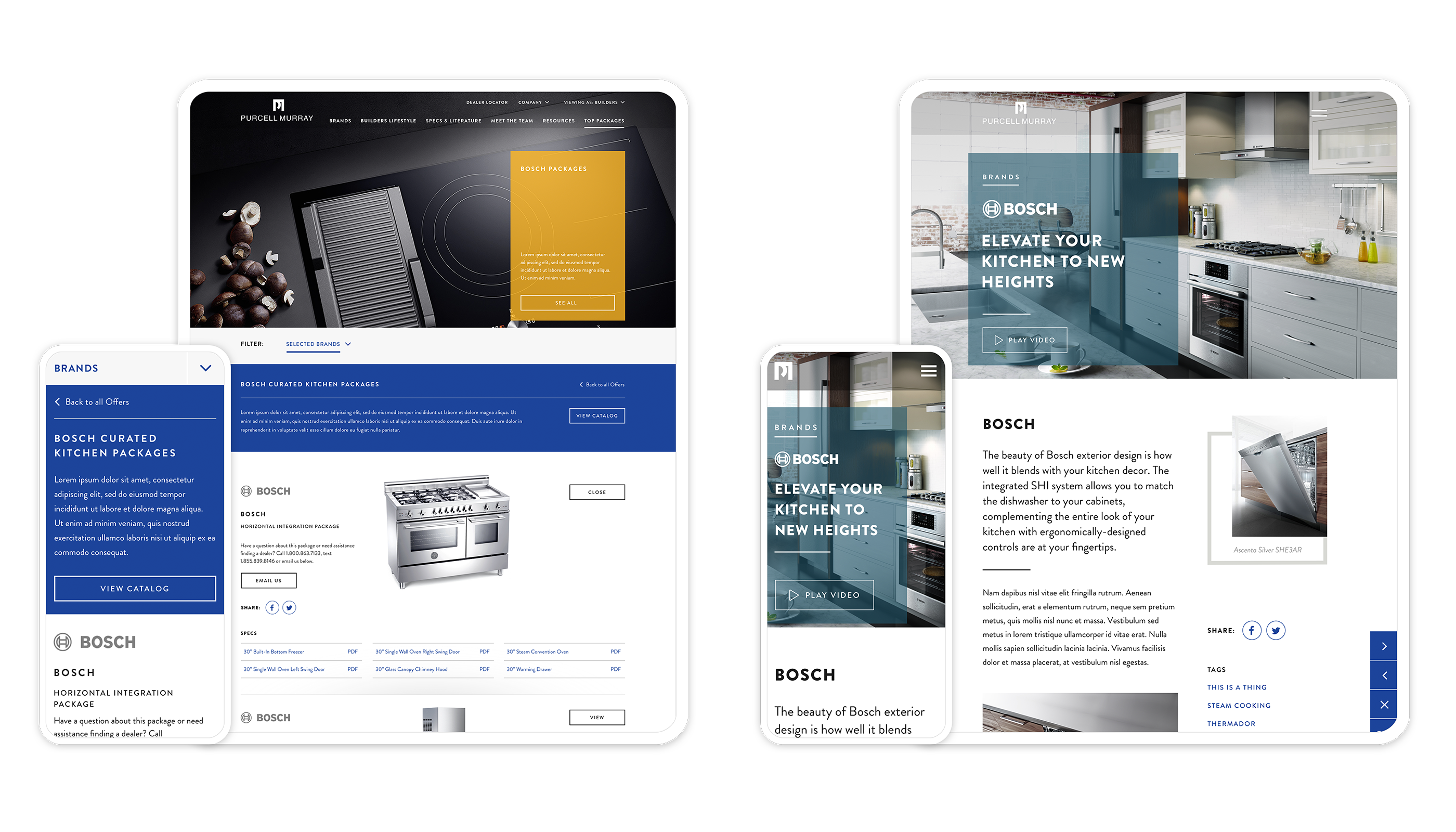Why Your Web Design Should Be Pain Free
Thinking about a redesign but not looking forward to the process? In this article, we’ll explore the top reasons to move ahead and explain why the process should be easier than ever.
Thinking about a redesign but not looking forward to the process? In this article, we’ll explore the top reasons to move ahead and explain why the process should be easier than ever.
If you don’t have time for the whole article, this video should give you the insights and confidence to get cracking on your redesign. Need a partner in the process? Drop us a note.
Ready to get granular? Let’s just make double-sure your redesign is really necessary—by exploring the top five reasons businesses take on the challenge. After all, if the effort won’t deliver ROI, it’s just bad business.
Your site should be intuitive and user-friendly. Usability is essential for keeping users engaged and leading them to the content they want. As Forbes points out, “It is crucial to ensure that when you design a website, you are doing so with visitor ease and comfort in mind.”
Does your content management system (CMS) make it easy for you to make changes to your site efficiently and cost-effectively? Do you even have a CMS? If the answer isn’t “yes and yes” put a redesign on your to-do list. But don’t take our word for it, Forbes has a lot to say on this topic as well…
As Business.com tells us, “High engagement can lead to increased sales conversions, customer satisfaction and average duration on the website. Customers who find your website’s content valuable and engaging are likely to take key actions.” And by most measures, a dated website means decreased engagement.
Think about your own web habits and how little of your time is actually spent on a desktop. According to Statista, 60% of web traffic comes from mobile devices. That means if you’re not catering to mobile, you’re treating most of your market as an afterthought.
When Fast Company redesigned their site, they did so because they had outgrown the newspaper metaphor of a home page that mirrored a front page and needed to “create a system of modules that could shift and change and evolve in ways that a traditional website design simply cannot.” Likewise, be honest about the core functionality of your own site. It should support your business objectives, whatever they may be—from lead generation to capturing the attention of potential customers to guiding them through the sales funnel.

Well, before you grab for that paper bag to breathe into, rest assured, there are three reasons your redesign should be a much easier journey than you’re expecting. Give this list a look, and if what your potential web development partner is telling you doesn’t line up with it, send them packing.
Budgets Ain’t What They Used To Be
A few decades ago, many businesses built websites for the same reason they printed business cards: legitimacy. But over time, the world changed, and a business’s website became the front door to the business. People began to recognize their site was one of the business’s most important investments, if not the single most important. So they spent what they had to, to make it great.
Well, these days, things have changed again. Websites are no less important, and you should still spend what you have to, to make yours great. But what you have to spend has changed—because technology has changed. Over the last half-decade or so, the tools for building sites have made huge leaps, requiring far less custom code and far more efficient development. Gartner predicts that by 2026, 80% of digital experience development will take place outside of IT departments—what was bespoke programming is now out-of-the-box, drag-and-drop functionality.
“…by 2026, 80% of digital experience development will take place outside of IT departments…”
What does that mean? Well, in our experience, it means a site that cost $150,000-$200,000 just five or ten years ago can likely now be built for $30,000-$50,000 (or less).
Timelines Ain’t What They Used To Be
Obviously, the reason budgets have come down is that the work involved with a redesign has been dramatically reduced. That means not only lower costs but less time. So that year-long site redesign that you may be dreading? A thing of the past. Yes, if your site is hundreds of pages and carrying a ton of unusual back-end functionality, we’ll eat our words. But even then—whatever the timeline would have been just a few years ago will be chopped down to size.
“That year-long site redesign that you may be dreading? A thing of the past.”
Where sites were routinely taking 6-12 months just a few years ago, Forbes now pegs the process at 10-14 weeks—from planning, through testing and review. Of course, that assumes you’ve chosen an honest, competent partner. But let’s think positive.
More “People” People. Less Friction.
In the past, the web was the domain of engineers—folks who understood technology first and foremost and needed Fast Company guides to translate their plans for everyone else. But new technologies have empowered a different breed of project managers. The shift away from web design as a tech-first practice has made room for people with project management-first experience to steer the ship.
“New technologies have empowered a different breed of project managers.”
Net result? Your redesign can be managed by a person whose primary expertise is in project management and communication—a person who can learn and adapt to your culture and keep the project moving smoothly, even when your absentee stakeholders show up and change everything.
All in all, you can expect the people directing the project to be people people who put your priorities first.

Well if you’ve made it this far, maybe we should have a conversation. After all, we don’t just talk the talk. We walk the walk.
Our team of experienced designers and strategists is here to help. So give us a holler if you want to chat.
Drop us a line.
Contact us120 2nd St. Floor 3,
San Francisco, CA 94105